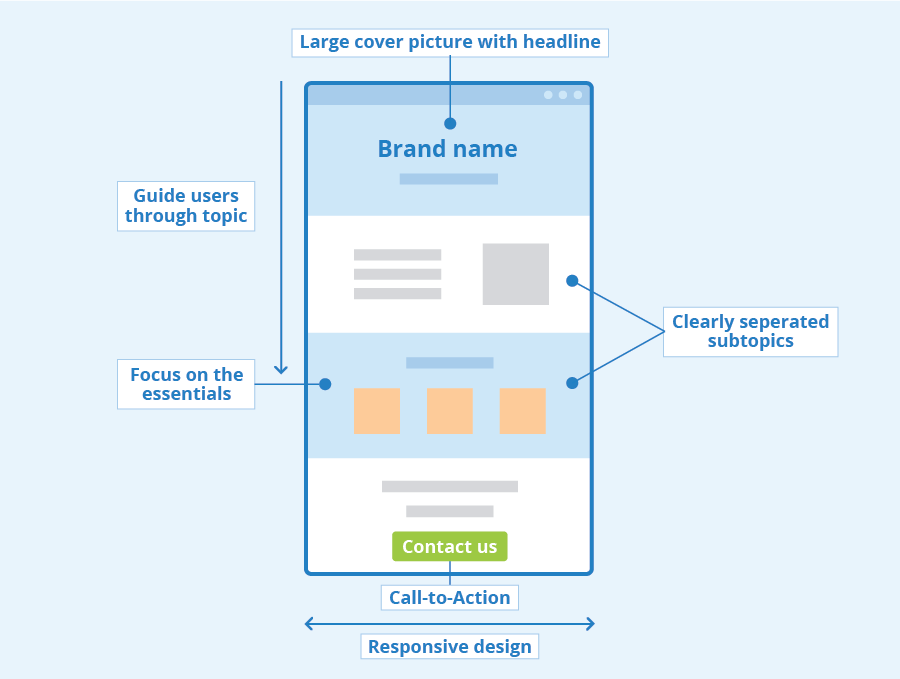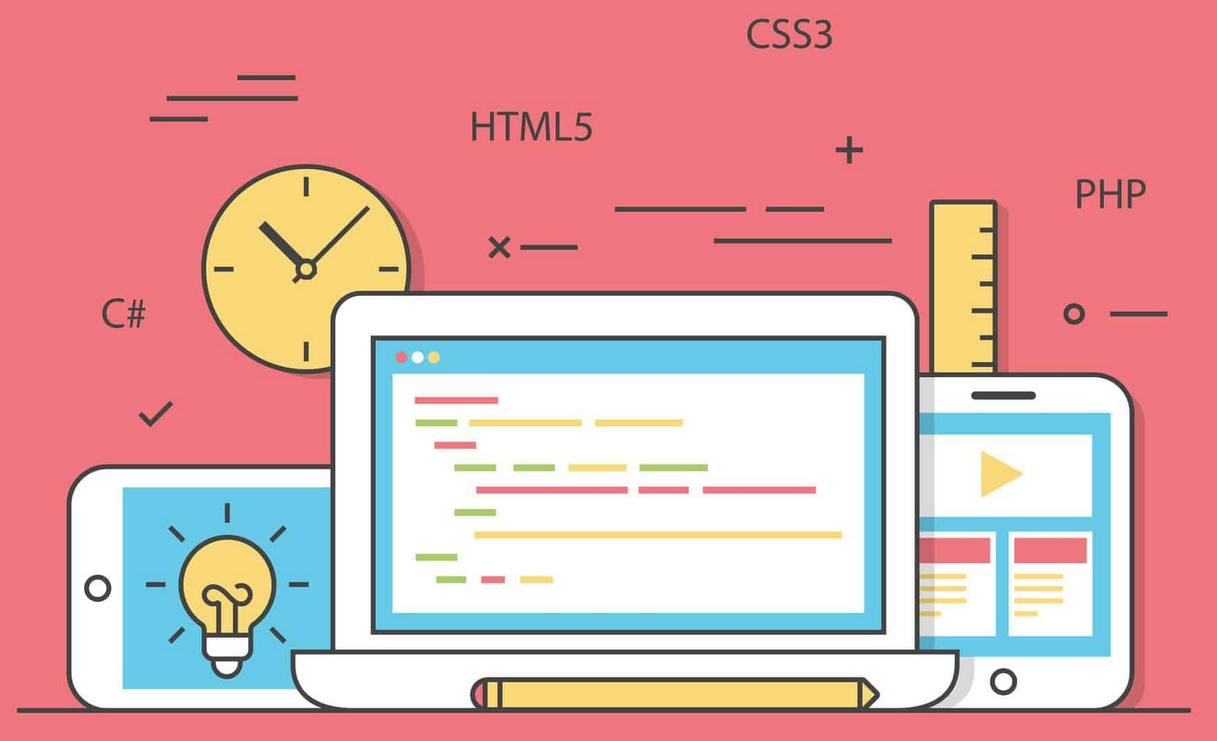When businesses think about accessibility, they often frame it as a compliance issue—something they have to do to avoid legal trouble. While compliance with laws like the Americans with Disabilities Act (ADA), Section 508, and WCAG (Web Content Accessibility Guidelines) is essential, accessibility isn’t just about avoiding lawsuits. It’s about unlocking market potential, enhancing brand reputation, and fostering innovation.
Simply put: accessibility is good for business.
If you’ve been hesitant about investing in accessibility, or if you need to convince stakeholders that it’s worth prioritizing, this post is for you. Let’s explore the key reasons why accessibility is a smart business decision—not just an ethical or legal one.
1. Accessibility Expands Your Market Reach
One of the most compelling reasons to invest in accessibility is the sheer size of the audience it benefits.
- Over 1 billion people worldwide have some form of disability.
- In the U.S. alone, 61 million adults live with disabilities.
- The global disability market has a spending power of $8 trillion.
Ignoring accessibility means excluding millions of potential customers—many of whom have disposable income, loyalty to inclusive brands, and influence over purchasing decisions.
But accessibility doesn’t just help those with permanent disabilities. It also benefits:
- Aging populations with declining vision, hearing, or motor skills.
- Temporary impairments (e.g., someone recovering from surgery).
- Situational limitations (e.g., a person using voice commands while driving).
By designing for accessibility, you increase your audience size and improve usability for everyone.
2. Accessibility Enhances Brand Reputation & Customer Loyalty
Consumers today care about corporate responsibility. They want to support brands that prioritize inclusivity and social impact. Companies that champion accessibility send a clear message:
“We care about all our customers, and we want everyone to have a great experience.”
A few ways accessibility strengthens your brand:
- Positive PR: Accessibility efforts can generate goodwill and positive media coverage.
- Customer Trust: Users appreciate businesses that make their products and services easy to use.
- Word of Mouth: People with disabilities and their families recommend inclusive businesses to others.
Brands like Microsoft, Apple, and Airbnb have embraced accessibility and positioned themselves as leaders in inclusive innovation. Their commitment has paid off—not just in customer loyalty, but in brand differentiation and industry recognition.
3. Accessibility Reduces Legal & Financial Risk
Lawsuits related to digital accessibility are increasing rapidly. In the U.S., there were over 4,500 web accessibility lawsuits in 2023, a 250% increase over the past five years. Major companies—including Domino’s, Nike, and Beyoncé’s Parkwood Entertainment—have faced legal action over inaccessible websites and apps.
Non-compliance can result in:
- Costly lawsuits (legal fees, settlements, fines).
- Reputational damage (bad press, loss of consumer trust).
- Lost revenue (customers abandoning inaccessible sites).
By investing in accessibility proactively, businesses can avoid these legal pitfalls while fostering a more inclusive user experience.
4. Accessibility Drives Innovation & Improves UX for Everyone
Many of today’s most-used technologies—voice assistants, automated captions, dark mode, and touchscreen interfaces—originated as accessibility features. When companies design with accessibility in mind, they create solutions that benefit all users.
Examples of accessibility-driven innovation:
- Voice control (Siri, Alexa, Google Assistant) helps people with mobility impairments and hands-free users.
- Closed captions assist Deaf users and people watching videos in noisy environments.
- Dark mode & high contrast settings improve readability for users with low vision and reduce eye strain for everyone.
When businesses embrace accessibility, they open the door to new product features, better user experiences, and competitive advantage.
5. Accessibility Boosts SEO & Increases Traffic
Want better search engine rankings? Accessibility can help.
Many SEO best practices align with WCAG guidelines, including:
- Clear headings & semantic HTML (improves screen reader experience and Google rankings).
- Descriptive alt text for images (helps visually impaired users and enhances image search visibility).
- Transcripted & captioned videos (improves accessibility and increases searchability).
- Fast-loading, mobile-friendly design (benefits all users and boosts SEO).
By improving accessibility, businesses increase their organic reach, making it easier for more users—including those with disabilities—to find and engage with their content.
6. Accessibility Improves Employee Productivity & Diversity
Accessibility isn’t just for customers—it benefits your workforce, too.
Improved Workplace Inclusion – Employees with disabilities can perform better when workplace technology, tools, and communication systems are accessible.
Remote Work & Flexible Environments – Many accessibility solutions, like voice recognition software and ergonomic interfaces, support a more flexible work environment.
Attracting Top Talent – Companies that prioritize inclusion attract a diverse talent pool, gaining unique perspectives and skills.
By integrating accessibility into workplace tools and policies, businesses foster a more inclusive, innovative, and productive workforce.
7. Accessibility is a Long-Term Investment, Not an Expense
Some businesses hesitate to invest in accessibility because they see it as an added cost. But in reality, accessibility saves money in the long run by:
- Reducing the need for costly retrofits (fixing accessibility later is far more expensive than designing it correctly from the start).
- Lowering customer service costs (accessible interfaces reduce the need for user assistance).
- Enhancing usability for all users, leading to higher engagement and conversions.
Companies that integrate accessibility early in their design and development process see better returns than those forced to remediate accessibility issues later.
Final Thoughts: Accessibility is a Competitive Advantage
Accessibility is more than just compliance—it’s a business opportunity. Companies that invest in accessible design see benefits across the board:
- Larger audience reach
- Stronger brand loyalty
- Reduced legal risk
- Improved SEO & website traffic
- Enhanced innovation & usability
- Greater workplace inclusion
Making accessibility a priority isn’t just the right thing to do—it’s the smart thing to do.







